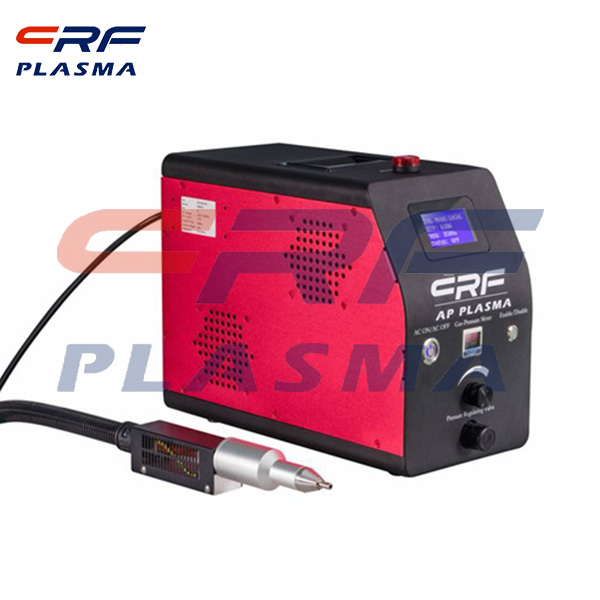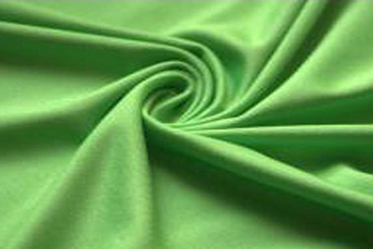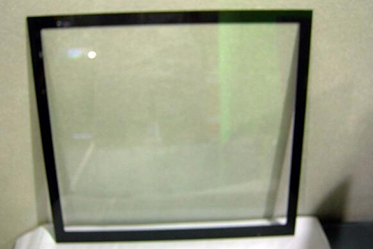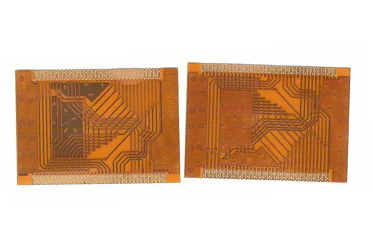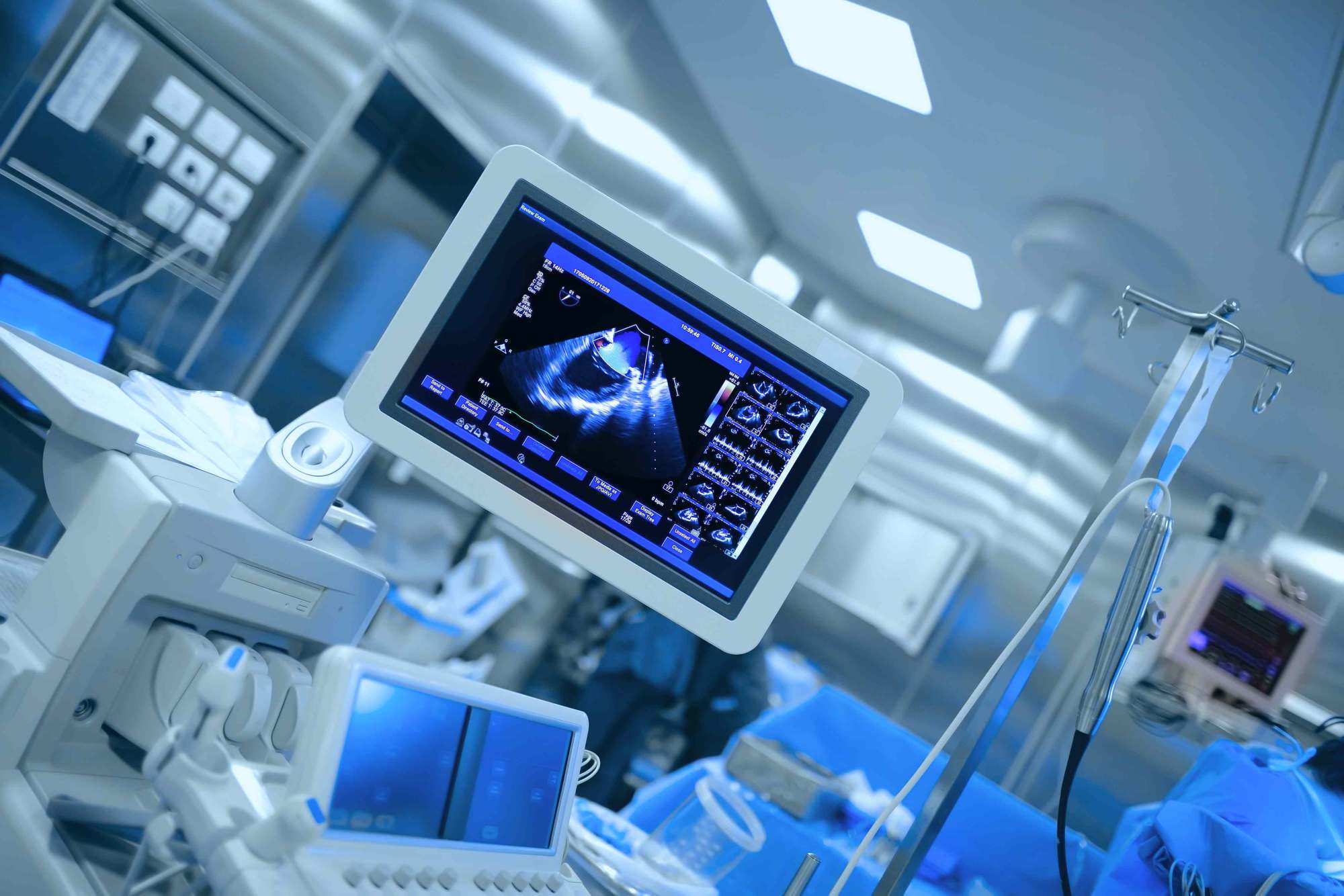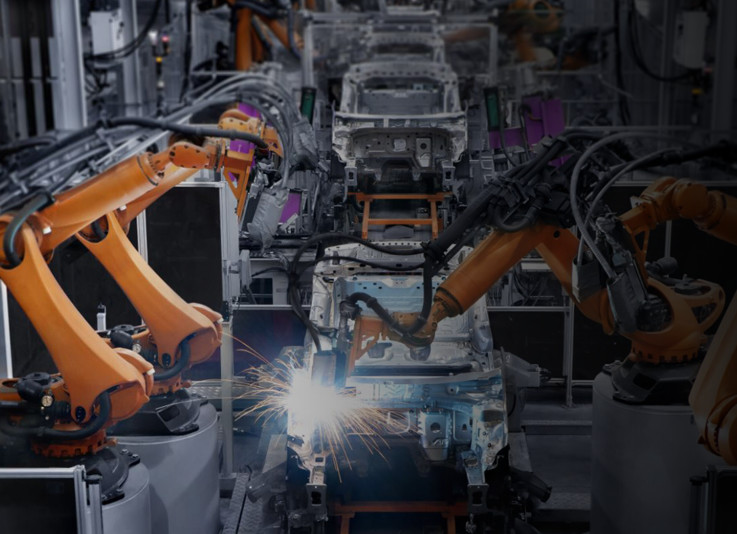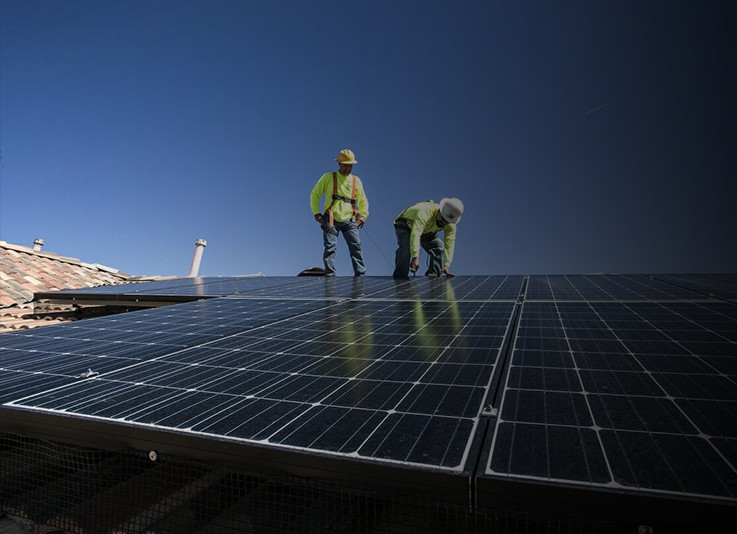
Welcome to Shenzhen Sing Fung Intelligent Manufacturing Co., Ltd.
E-mail:shaobo@sfi-crf.com
The surface dyne value of corona treated material is improved
- Categories:Company Dynamics
- Author:plasma cleaning machine-surface treatment equipment-CRF plasma machine-Sing Fung Intelligent Manufacturing
- Origin:
- Time of issue:2020-11-04
- Views:
(Summary description)Corona treatment is a method of electric shock, it can make the substrate surface has higher adhesion. Principle is the use of high frequency high voltage corona discharge in the processing of plastic surface (high frequency ac voltage up to 5000-15000 - v/m2), low temperature plasma, free radical reaction in the plastic surface, make the polymer become rough, crosslinking and surface will increase the plasma wettability of polar solvent, the plasma by electric shocks and infiltration was printed body surface, the damage was printed the molecular structure of the body, so that the surface of the pending polarized molecules oxidation, ion electric erosion surface, thereby enhancing the adhesion on the surface of the substrates. The physical and chemical effects of corona treatment on the plastic surface are quite complex, and its effects are mainly in three aspects: 1. Specific electrode system; 2. Material medium on the guide roller; 3. Specific electrode power; Because different chemical structures have different atomic bonds, the treatment of plastic corona can vary depending on the chemical structure of the plastic, and different types of plastic require different levels of corona treatment. The practice shows that BOPP film will still change in structure after production, and the polymer will change from amorphous state to crystalline state within a few days, thus affecting the corona treatment effect. After corona treatment, the crosslinking degree of the plastic surface layer is obviously lower than that of the internal layer, so that the functional groups of the plastic surface layer have higher mobility. Therefore, during the storage process, many plastics will appear corona treatment effect decay phenomenon, so that the surface energy is reduced, thus affecting the bonding factor. In fact, relative humidity will also affect the effect of corona treatment. Generally speaking, humidity has little influence on pole remover and is often ignored within the range of test error. If the connection of the electrical halo treatment, then do not need to consider. Corona treatment is achieved by changing the surface energy of many substrate, making it easy to combine with printing inks, coating materials and adhesives. In the production process of all the substrate after some treatment, it will have a better adhesion. In the process of substrate production, corona treatment is one of the methods to change the surface energy of substrate. Other treatment methods include flame treatment and coating treatment, which treatment is mainly dependent on the substrate structure. Corona treatment roughens the surface of the substrate and makes the printing ink and binder easy to bond, but this view was rejected when viewed with a scanning electron microscope. It is now generally believed that corona treatment rearranges the molecular structure of substrate surface to produce more polar parts, which is conducive to external attachment. The unit of measurement of surface energy is dyne. All liquids and most of the substrate can be measured except for multipass. In order for the printing ink to adhere well to the substrate surface, the substrate should have a dyne value 10 times higher than the total ink. The surface energy of water - based ink is higher than solvent - based ink, so its substrate also has a higher surface dyne value. Everything in nature has the characteristic of returning to its original state. The higher the dyne a paper processor hopes to achieve, the faster the processing energy decays. Therefore, the use of water-based ink printing film, foil and some paper, should be carried out before the second processing. A corona treatment device is used on a printing machine to extend or lengthen the processing level of the film to the original level (or slightly higher). Processing energy level with time gradually weakened, the use of secondary treatment can remove ink film surface stains, not only can improve the ink adhesion, but also improve the visual effect. With this in mind, it is recommended to use solvent based inks, water-based inks or UV ink substrate film, foil or some paper printing pieces, the substrate surface can be secondary corona treatment.
The surface dyne value of corona treated material is improved
(Summary description)Corona treatment is a method of electric shock, it can make the substrate surface has higher adhesion. Principle is the use of high frequency high voltage corona discharge in the processing of plastic surface (high frequency ac voltage up to 5000-15000 - v/m2), low temperature plasma, free radical reaction in the plastic surface, make the polymer become rough, crosslinking and surface will increase the plasma wettability of polar solvent, the plasma by electric shocks and infiltration was printed body surface, the damage was printed the molecular structure of the body, so that the surface of the pending polarized molecules oxidation, ion electric erosion surface, thereby enhancing the adhesion on the surface of the substrates.
The physical and chemical effects of corona treatment on the plastic surface are quite complex, and its effects are mainly in three aspects:
1. Specific electrode system;
2. Material medium on the guide roller;
3. Specific electrode power;
Because different chemical structures have different atomic bonds, the treatment of plastic corona can vary depending on the chemical structure of the plastic, and different types of plastic require different levels of corona treatment.
The practice shows that BOPP film will still change in structure after production, and the polymer will change from amorphous state to crystalline state within a few days, thus affecting the corona treatment effect. After corona treatment, the crosslinking degree of the plastic surface layer is obviously lower than that of the internal layer, so that the functional groups of the plastic surface layer have higher mobility. Therefore, during the storage process, many plastics will appear corona treatment effect decay phenomenon, so that the surface energy is reduced, thus affecting the bonding factor.
In fact, relative humidity will also affect the effect of corona treatment. Generally speaking, humidity has little influence on pole remover and is often ignored within the range of test error. If the connection of the electrical halo treatment, then do not need to consider.
Corona treatment is achieved by changing the surface energy of many substrate, making it easy to combine with printing inks, coating materials and adhesives. In the production process of all the substrate after some treatment, it will have a better adhesion. In the process of substrate production, corona treatment is one of the methods to change the surface energy of substrate. Other treatment methods include flame treatment and coating treatment, which treatment is mainly dependent on the substrate structure.
Corona treatment roughens the surface of the substrate and makes the printing ink and binder easy to bond, but this view was rejected when viewed with a scanning electron microscope. It is now generally believed that corona treatment rearranges the molecular structure of substrate surface to produce more polar parts, which is conducive to external attachment. The unit of measurement of surface energy is dyne. All liquids and most of the substrate can be measured except for multipass. In order for the printing ink to adhere well to the substrate surface, the substrate should have a dyne value 10 times higher than the total ink.
The surface energy of water - based ink is higher than solvent - based ink, so its substrate also has a higher surface dyne value. Everything in nature has the characteristic of returning to its original state. The higher the dyne a paper processor hopes to achieve, the faster the processing energy decays. Therefore, the use of water-based ink printing film, foil and some paper, should be carried out before the second processing. A corona treatment device is used on a printing machine to extend or lengthen the processing level of the film to the original level (or slightly higher).
Processing energy level with time gradually weakened, the use of secondary treatment can remove ink film surface stains, not only can improve the ink adhesion, but also improve the visual effect. With this in mind, it is recommended to use solvent based inks, water-based inks or UV ink substrate film, foil or some paper printing pieces, the substrate surface can be secondary corona treatment.
- Categories:Company Dynamics
- Author:plasma cleaning machine-surface treatment equipment-CRF plasma machine-Sing Fung Intelligent Manufacturing
- Origin:
- Time of issue:2020-11-04 09:52
- Views:
The surface dyne value of corona treated material is improved:
Corona treatment is a method of electric shock, it can make the substrate surface has higher adhesion. Principle is the use of high frequency high voltage corona discharge in the processing of plastic surface (high frequency ac voltage up to 5000-15000 - v/m2), low temperature plasma, free radical reaction in the plastic surface, make the polymer become rough, crosslinking and surface will increase the plasma wettability of polar solvent, the plasma by electric shocks and infiltration was printed body surface, the damage was printed the molecular structure of the body, so that the surface of the pending polarized molecules oxidation, ion electric erosion surface, thereby enhancing the adhesion on the surface of the substrates.
The physical and chemical effects of corona treatment on the plastic surface are quite complex, and its effects are mainly in three aspects:
1. Specific electrode system;
2. Material medium on the guide roller;
3. Specific electrode power;
Because different chemical structures have different atomic bonds, the treatment of plastic corona can vary depending on the chemical structure of the plastic, and different types of plastic require different levels of corona treatment.
The practice shows that BOPP film will still change in structure after production, and the polymer will change from amorphous state to crystalline state within a few days, thus affecting the corona treatment effect. After corona treatment, the crosslinking degree of the plastic surface layer is obviously lower than that of the internal layer, so that the functional groups of the plastic surface layer have higher mobility. Therefore, during the storage process, many plastics will appear corona treatment effect decay phenomenon, so that the surface energy is reduced, thus affecting the bonding factor.
In fact, relative humidity will also affect the effect of corona treatment. Generally speaking, humidity has little influence on pole remover and is often ignored within the range of test error. If the connection of the electrical halo treatment, then do not need to consider.
Corona treatment is achieved by changing the surface energy of many substrate, making it easy to combine with printing inks, coating materials and adhesives. In the production process of all the substrate after some treatment, it will have a better adhesion. In the process of substrate production, corona treatment is one of the methods to change the surface energy of substrate. Other treatment methods include flame treatment and coating treatment, which treatment is mainly dependent on the substrate structure.
Corona treatment roughens the surface of the substrate and makes the printing ink and binder easy to bond, but this view was rejected when viewed with a scanning electron microscope. It is now generally believed that corona treatment rearranges the molecular structure of substrate surface to produce more polar parts, which is conducive to external attachment. The unit of measurement of surface energy is dyne. All liquids and most of the substrate can be measured except for multipass. In order for the printing ink to adhere well to the substrate surface, the substrate should have a dyne value 10 times higher than the total ink.
The surface energy of water - based ink is higher than solvent - based ink, so its substrate also has a higher surface dyne value. Everything in nature has the characteristic of returning to its original state. The higher the dyne a paper processor hopes to achieve, the faster the processing energy decays. Therefore, the use of water-based ink printing film, foil and some paper, should be carried out before the second processing. A corona treatment device is used on a printing machine to extend or lengthen the processing level of the film to the original level (or slightly higher).
Processing energy level with time gradually weakened, the use of secondary treatment can remove ink film surface stains, not only can improve the ink adhesion, but also improve the visual effect. With this in mind, it is recommended to use solvent based inks, water-based inks or UV ink substrate film, foil or some paper printing pieces, the substrate surface can be secondary corona treatment.
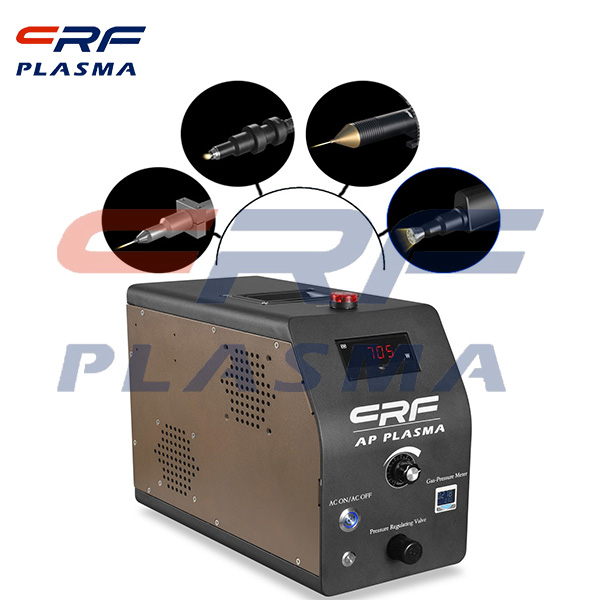
Scan the QR code to read on your phone

TEL:0755-3367 3020 / 0755-3367 3019

E-mail:sales-sfi@sfi-crf.com

ADD:Mabao Industrial Zone, Huangpu, Baoan District, Shenzhen




